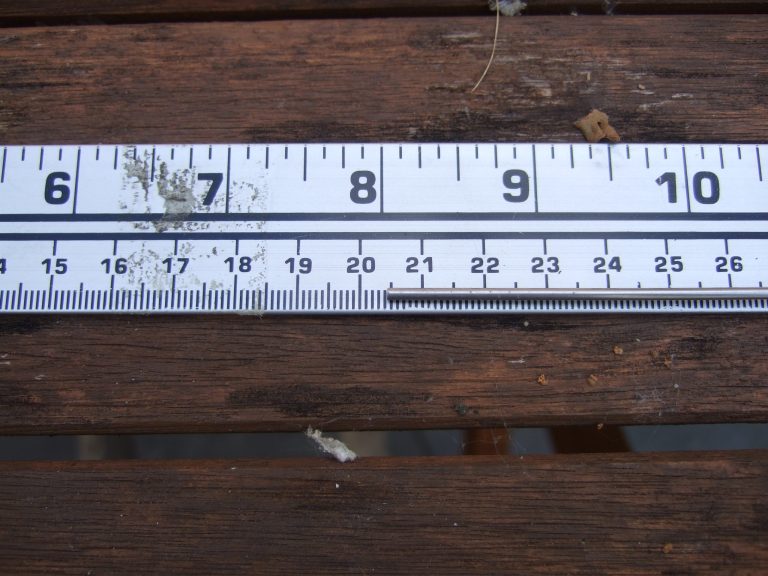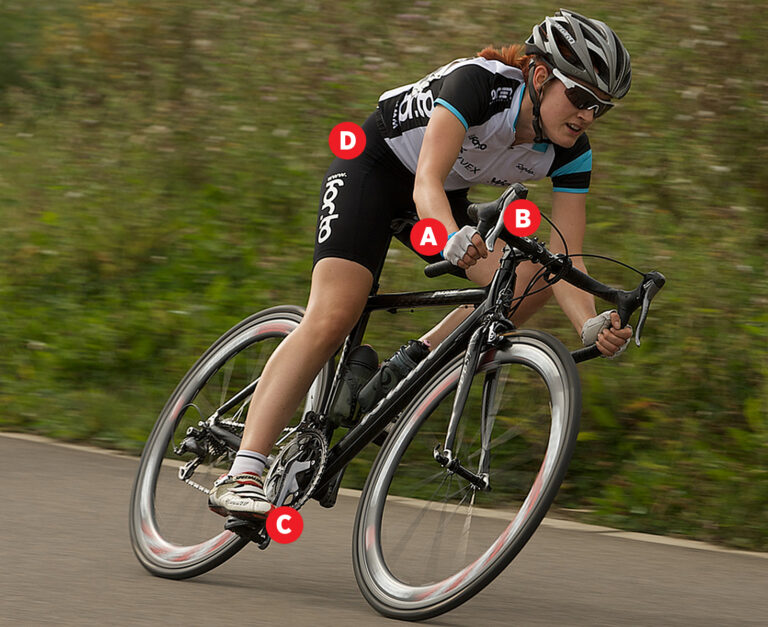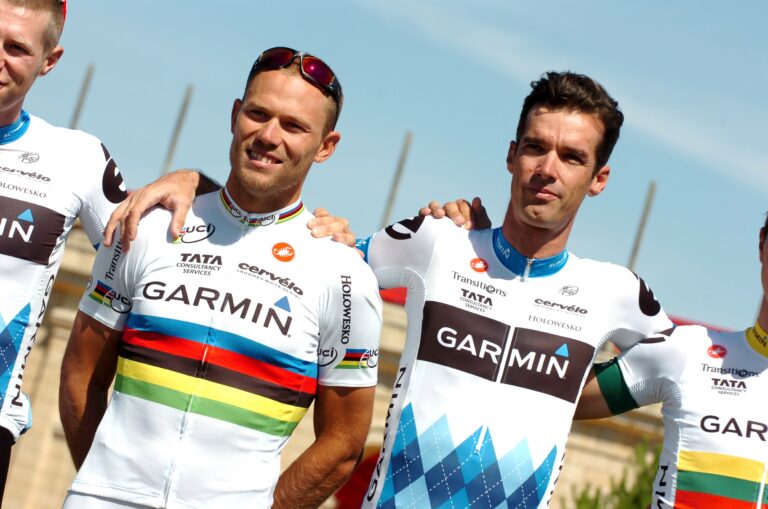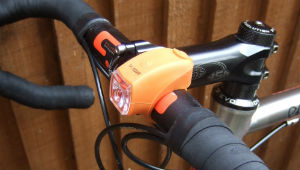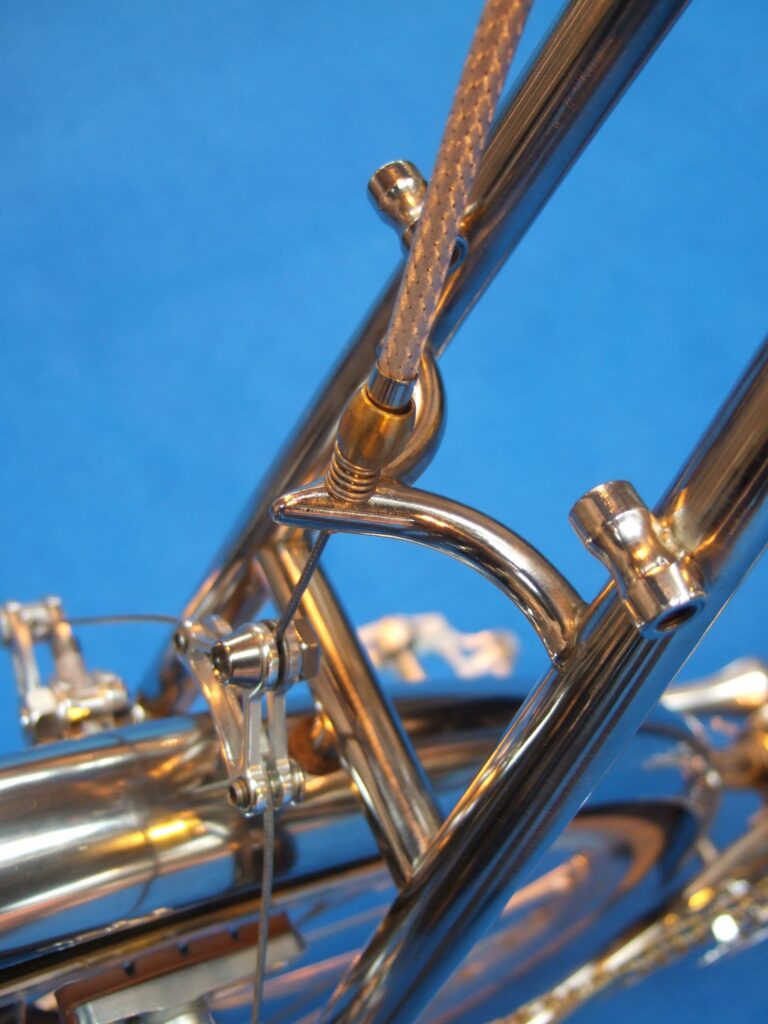Pah, who needs a personalised bike fit? The professionals, maybe, but not me. It’s fair to say that, for a long time at least, I was a bike fit sceptic.
But, following a bout of knee pain developed over the winter, and with a Madone 5.2 on test, I decided to try Trek’s bike fit service – handily named Trek Fit – at their new store in Milton Keynes, the US company’s first dedicated shop on these shores.
My appointment was with Jez Loftus, who has helped trained more than 100 Trek dealers to offer a bike fit service.
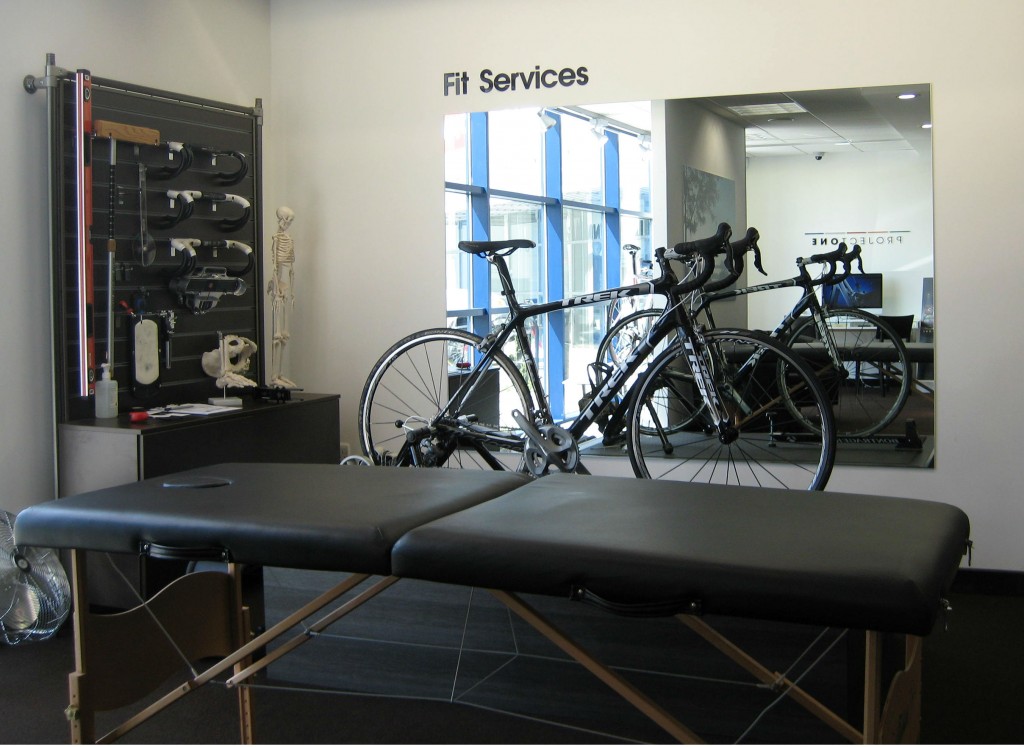
Jez was quickly keen to point out that he is not trained as a physiotherapist and so, try with his healing hands as he might, any pre-existing ailments developed off the bike are unlikely to disappear.
This hints towards Trek’s bike fit ethos, which is based on fitting the bike to you, rather than trying to adapt your body shape, size or condition to the bike. But what that means is as you become more comfortable in your new position, or as your riding ambitions develop, you can begin to adapt your fit for, say, a more aggressive ride.
That’s not to say Jez couldn’t be aggressive from the gun. All that’s determined from the initial rider interview, which kicks off the fit.
The in-depth interview covers riding background – recreational/serious recreational/racer, years riding, miles per week, average ride distance, speed, cadence – and riding style – what you want to get out of the fit, riding ambitions, current physical activities, any current on-the-bike problems, injuries and special notes.
From that, Jez established that I suffer from right knee pain, while occasional back pain may kick in on longer rides. I wanted to alleviate those problems and create a fit that will enable me to increase the efficiency of my riding; a mixed bag of solo and group rides, the occasional sportive, and an ambition to race in the future.
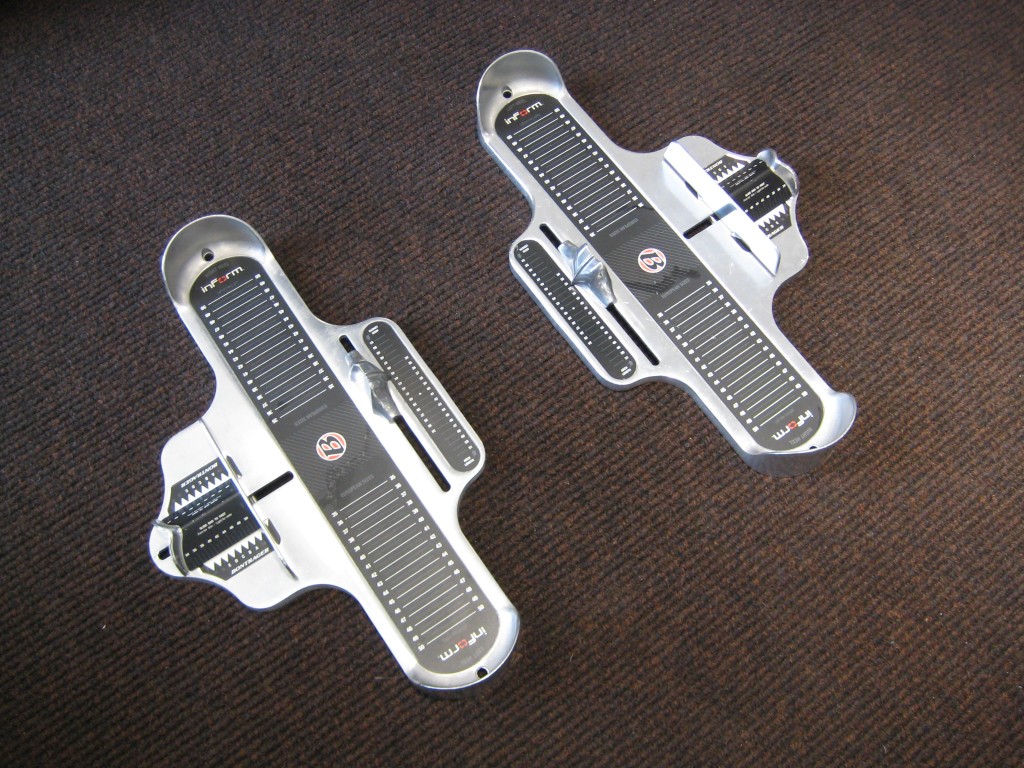
Jez then conducted a standing observation, looking at, and measuring, my hips, shoulders, arms and feet, establishing that my pelvis is level, as are my shoulders, which are 40cm wide, compared to the 42cm handlebars I was riding. Straight away, Jez said dropping down to 40cm handlebars would go some way to alleviating back pain. From measuring my inseam (84cm), Jez was able to calculate a benchmark for saddle height (84 x 0.893 = 74.2cm) and frame size (84 x 0.657 = 55.188 which rounds down to 55cm).
Then it was to the physio’s bench. Flexibility is a key consideration in Trek’s bike fit programme, with particular attention paid to my hamstrings and hip flexion. Measurements are made and correlated with a traffic light system, with my hamstring range and isolated degree of flexibility safely in the green zone. Hip flexion, however, fell into amber, with my right side in particular in danger of dropping into the red.

That, along with the information gleaned from the interview, allowed Jez to paint a picture of my fit. The Madone 5.2 was then slipped into the turbo turner and, after taking an assortment of measurements to record my existing position, I began spinning away.
And spinning away. And spinning away. This was beginning to turn into a training session. What was happening, though, with Jez slowly circling the podium on which the turbo sits, was an assessment of my riding style, identifying wayward movement that may need correcting, in my case a left knee that tracked towards the top tube.
Then came a series of adjustments; tweaking, twisting and turning, measuring where my knee is in relation to the pedal, knee angle, cleat position, raising the saddle, dropping the saddle, shifting it back, then forward, raising the handlebars, then rotating them up.
It’s an experimental process, born out of the facts and figures derived from the interview and assessment, but adjusted according to how the body reacts to changes in position. As it turns out, my saddle came up by 1.5cm – a huge number that will create a far more efficient pedal stroke – and back, my cleats were brought forward to the first metatarsal head and handlebars rotated upwards, with a recommendation to drop down to 40cm.

As it turned out, my first ride after the fit was a tough one, previewing the Llandovery CycleOps Power Road Sportive in mountainous mid-Wales. Jumping on the bike, the stark change in saddle height immediately felt natural [prompting an attack on the Devil’s Staircase – ed.], although a hint of lower back pain set in as the ride developed. Having spoken to Jez, he insisted this was normal as my body adapted to the change in position. And, four months on, I have no grumbles; knee pain has disappeared and back complaints extremely rare, even despite regularly switching from bike to bike. Trek provide a full report post-fit which details all your measurements.
So, is it worth it? Trek Fit costs £120 for a 90-120 minute session, which makes it significantly cheaper than some of its rivals. It should also include a follow-up appointment to tackle any problems develop from your new position or to make any further tweaks. If you’re going to spend thousands on a bike, then chances are you’ll want to make sure you’re a) comfortable and b) getting everything you can out of the machine.
Trek’s dealer locator will help you find your nearest Trek Fit store. Highlight a particular shop and click on ‘More Information’ to see if it offers the Trek Fit service.
Alternatively, Trek’s Milton Keynes store holds regular sessions every Wednesday. Contact [email protected] to book a slot.


